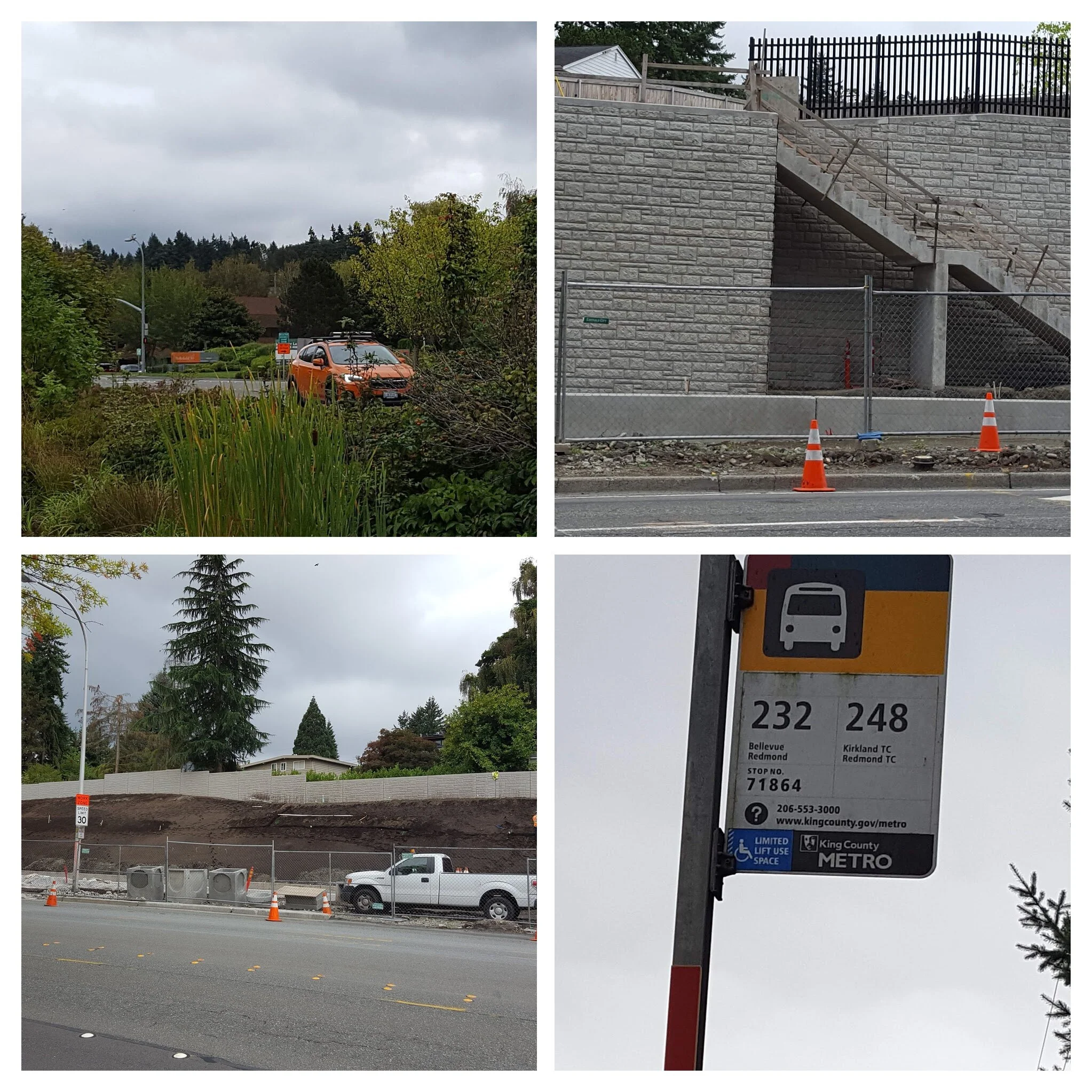The Climate Strikes and Travel
I didn’t join the millions participating in the climate strikes on October 20. But that isn’t because I don’t think that addressing climate change is crucial for the future of society. It’s because as a sole proprietor, my striking wouldn’t make the kind of statement employees at Amazon and other large companies were making. Also, I was behind on projects for clients. While it may have been inspiring to join the crowds in downtown Seattle, I chose to work instead.
I did, however, use Friday as an opportunity to make good on the commitment I made in January to take the bus at least once a week. I’ll be honest: I haven’t taken the bus every week for the past 8 months. But on the weeks when I don’t travel by bus, I usually work from home at least one day, so that fulfills the goal of driving less.
My time door to door on Friday was about an hour and ten minutes, less than the hour and a half I need to allow when taking the bus to work. Driving takes anywhere from 20 to 40 minutes depending on traffic. I used the time on the bus to work on a report for a client, so I wasn’t watching the traffic, but it must have been light. The time just breezed by. I got a good solid half-hour of work done before the bus arrived at the Bellevue Transit Center a few minutes earlier than scheduled.
My connecting bus wasn’t due for another 20 minutes, so I decided to walk the remaining 1.5 miles to my office. It was a lovely day—cloudy skies and around 55 degrees—so why not? Walking gave me the opportunity to think, observe my surroundings, and take photos. I noticed construction signs where Sound Transit is building out light rail service. Crews weren’t on strike—they were working to get the light rail extension built by 2023, a date that seemed absurdly far off when I moved to the Eastside in 2014. We still have several years to wait, but it’s an enormous undertaking that can’t be funded instantly even if they could find enough workers. I also noticed the trees, something that I love about the Pacific Northwest. As I approached the office park, I took a photo that shows one of the reasons I like working here.
Top left: approaching the office park; top right: a stairway that will probably be part of a future light rail station; bottom left: light rail construction; bottom right: waiting for the bus
One issue that I keep considering is the role of transportation in climate policy. I engaged in an online discussion on the Green Life Blue Water blog where I mentioned a consultant who I interviewed for Material Value. He tracks his business travel and buys carbon credits based on the number of miles flown. To the response, “Buying carbon offsets is dedication,” I say perhaps, but some people go further. I’m impressed that Greta Thunberg traveled from Sweden to the US by sailboat rather than airplane. It’s a two-week journey. My mom traveled by sea across the Atlantic when she immigrated to the US, but that was in 1950 and air travel wasn’t an option for anyone but the super-wealthy.
I’m considering attending a sustainable business conference on the East Coast but recognize the irony. The more climate-friendly travel option would be by train. But taking Amtrak from Seattle to the other Washington takes three days each way and costs three times the price of a nonstop airplane ticket. According to the Alaska Airlines Carbonfund.org page, offsetting my round-trip flight would cost $7.82. Sounds like a bargain.
As I walked to my workplace on Friday morning, I thought about the climate strike. Why have people waited until now to take mass action? Perhaps a climate strike five or ten years ago wouldn’t have attracted as much interest because the sense of urgency hadn’t permeated society. An analogy popped into my head: imagine a person who waits until they have been experiencing troublesome symptoms for years to go to the doctor. At that point, they are diagnosed with an advanced stage of cancer and the doctor says, “There’s not much I can do. You’ve got six months to live.” If they had done proactive screening years before, doctors could have caught the cancer in an early stage before symptoms surfaced and the person would have had a much better prognosis.
I realize that there are uncertainties in both predicting how long someone with cancer will live and in forecasting how fast ocean temperatures will rise and how the increase will affect the global climate. Regardless of whether a particular fire, storm, or flood is related to climate change or other causes, however, the reality is that the changing climate is something that all countries need to address.
At least people are doing something now. I hope that it’s not too late, that society acts to drastically reduce emissions, and that the action works to avoid runaway global warming. I hope that the climate strike does something other than just making headlines for a few days or weeks. We shall see.
